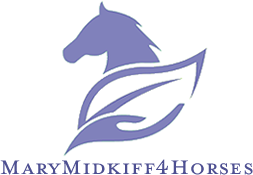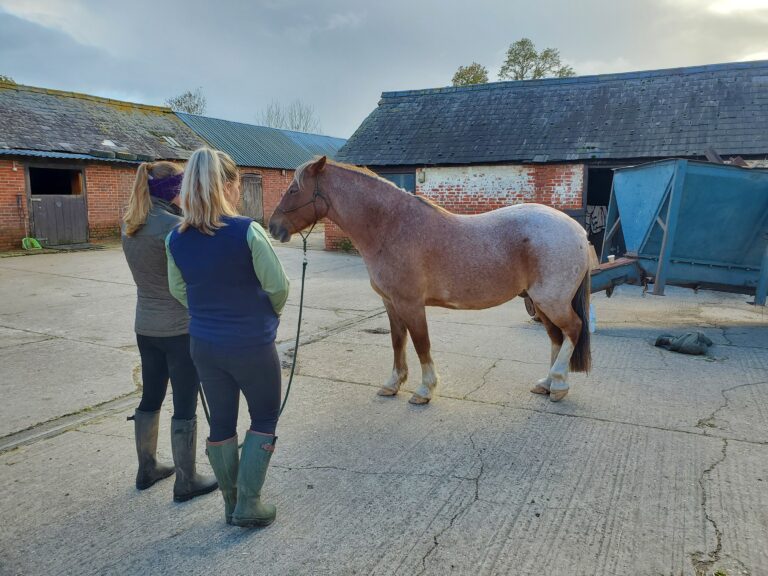
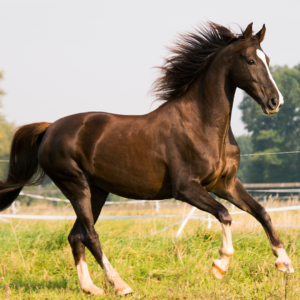
Have you heard about the Parasympathetic Nervous System (PNS) and healing horses?
It’s important for all of us to know about the PNS as it is the autonomic (involuntary) body system that allows us to rest and digest. The Sympathetic Nervous System (SNS) is what we are all most familiar with as this is our active state of being. This is where our body and mind are ready to react, fight or flight. This is the same with horses, and as we know, horses are very keen in their alert signals. They are listening, seeing, smelling, feeling danger at its earliest detection. Why? because they are prey animals in the wild. They are grazing and browsing animals, herbivores and live in herds. They are always aware of the dangers of lurking predators. This is why their compensatory patterns and habits go so deeply and continue to layer on throughout their lives.
Any sign of weakness, being slow, being vulnerable or unaware, may be a signal to a predator ready to attack.
Since horses are mainly domesticated and protected from these dangers we can give them the ability to relax, rest, trust and heal. This is where PNS plays an important role.
The SNS neurons are attached to the thoracic (middle) and lumbar back regions in the spinal cord. This division prepares for the fight or flight responses. The SNS diverts blood to the muscles, increases sweating and heartbeat, dilates pupils, and inhibits body functions such as salivation and urination. The body is prepared for battle or a full out run!
The PNS neurons are attached to the brainstem and the sacral portion of the spinal cord. This division controls the body’s processes during normal situations such as digestive responses. The horse in this state will be relaxed, yawning, licking and chewing, salivating, slowly breathing, sighing and producing gut sounds. Eating hay or grass can activate the PNS; slowing our movement, our breathing and offering a calm voice can help the horse revert to PNS.
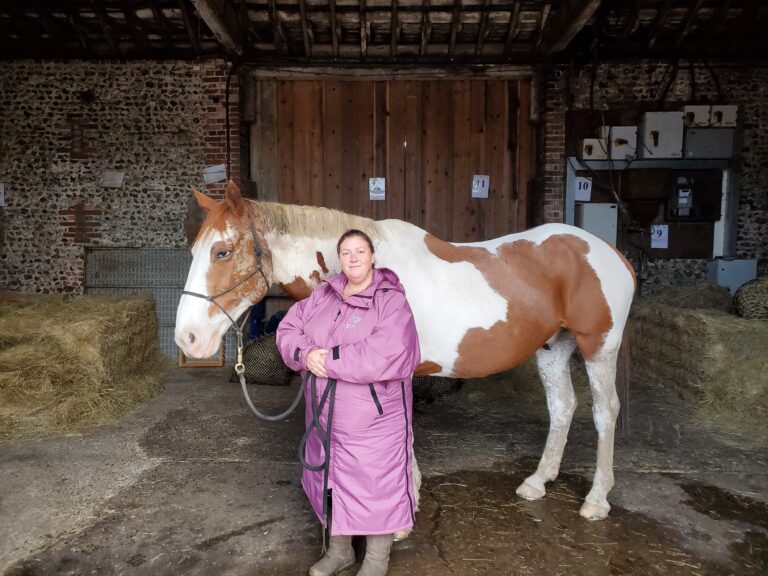
Barbara Breckenfeld (Large Animal Massage Practitioner) author of “Understanding Your Horse’s Reactions” states, “Mammals aren’t meant to stay in SNS or PNS all the time. Both parts have a purpose; one is not good or bad. The horse may be in PNS and briefly shift to SNS to check something out then return to PNS or visa versa. A high level of fear and stress block awareness and learning. The physical experience changes as the body prepares for danger.”
When we release endorphins in the horse the chemical influence begins the nervous system shift toward PNS. Endorphins are neurotransmitters released by the pituitary gland and hypothalamus in the brain. As natural hormones, they can alleviate pain, lower stress, improve mood and enhance a horse’s sense of well being. Ask yourself, how much of your horse’s tension is tied into emotions and habitual behavior patterns of handling stress and pain? It’s all wrapped up together and we as therapists unravel all of the horse’s systems to provide balance and learning capabilities.
As therapists we can access endorphin release through acupuncture points, trigger points and myofascial therapy. Some horses have an immediate or quicker response than others. There are so many factors and each horse is different. Age, breed, human handling and training, injury and accident experiences, body tension and bracing patterns, poor saddle fit, herd dynamics, poor riding, poor mounting, hoof health, dental issues and so on must be considered in how the horse accepts the body’s request for shifting to PNS.
A horse that tends to be a dominant leader in his or her herd is very likely to want to stay in SNS as much as possible. Giving in to the brief PNS moments when all seems quiet and safe with the herd. This type of horse can be on high alert and protective of the herd which is their first priority in life. Asking the horse to override this behavioral pattern and their role with other horses can be very difficult. It takes a tremendous amount of trust and the horse’s ability to switch off and self-heal for this type of horse to work successfully with human partners while his or her herd is out of sight.
On the other hand, a gelding that has had lots of human handling, plays a non-dominant role perhaps mid-herd member, and feels safe, trusting and enjoys relaxing and having little to no responsibility may take less body work to guide the horse into PNS.
There are no hard set rules around PNS. Each horse has its own set of behavioral patterns to work with. I like to start with the Hyoid Apparatus Release which I have mentioned on my Facebook page. This massage of the bars of the mouth starts releasing endorphins and asking for the tongue to stretch down and out of the mouth. If they can stretch out their tongue, loll it to one side or the other and flip the tip toward their eyes, the stimulation of the muscles of the neck, sternum, abdominals and hindquarter begin to be influenced. Endorphins are immediately released through this process allowing for the horse to lower the head and begin shifting into PNS for therapy.
Once the endorphins get through to the brain stem and circulate throughout the spinal system the horse begins to shift from voluntary to involuntary or autonomic body systems. The head and neck lower, the back softens, the gut relaxes and you often get sleepy signs from them. Each piece of the therapy that day will give them the opportunity to go into or choose PNS. When in PNS you will see them go into a “trance” state. You can literally drop the lead rope and stand back. They are not interested in eating, what other horses are doing, what we are doing or distracting noises. They are deep within themselves processing what the therapist has triggered or released.
I’m always watching for the PNS as I know my work is getting through. There are multiple forms of therapy I utilize. Myofascial therapy is when fascia that has been tense and restrictive is softened, moistened and released. As a result, all of the body “let’s go” of a holding pattern that was restrictive. A thin layer of tissue known as fascia, surrounds every organ, muscle, tendon, ligament, bone in the body. It’s the network of life and can either hinder, tighten, dry up or provide freedom of movement, flexibility and resilience. Think of a cob web surrounding a muscle that wants to expand and move. Until we restore the restrictive fascia that is inhibiting movement, other muscles will have to overload to take on the task at hand while others become atrophied. This is where we see imbalance in the horse’s function.
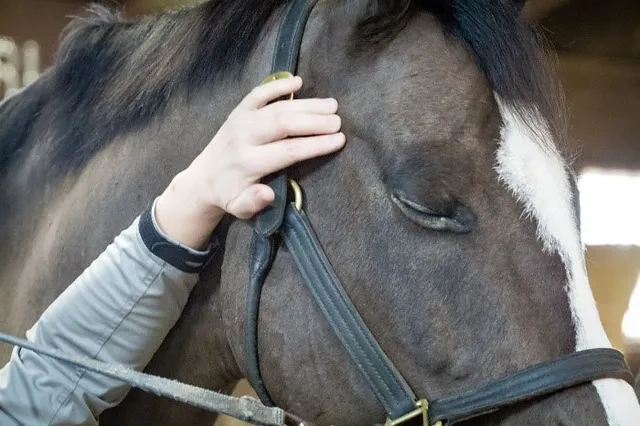
Trigger point therapy goes into “trigger points” or painful acupuncture points which indicate pain, congestion, a lesion, thickening or a road block that is causing the horse to be uncomfortable. This can be displayed through lameness, unwillingness to go forward, protection of that area inhibiting movement, or a change in behavior.
The latest research is indicating a trigger point is actually inflammation of the muscle spindles. Muscle spindles are tiny microscopic fibers which make up muscle tissue. If one or several are inflamed from disease, injury, tension, a blow or intervention, the inflammation spreads and the muscle begins to become affected or even infected. We can minimize or even alleviate trigger points with our hands, a LASER, a PEMF machine, therapeutic Ultra-Sound or other deep tissue therapies.
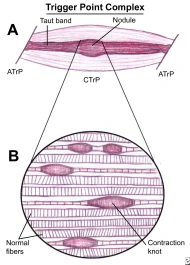
I also find that Orthobionomy techniques help greatly in working with the Gamma Loop process to connect the injury or inflamed area to the brain and signal the release back at the injury site. I will discuss this more in depth in another blog.
And as a follow up to any veterinary care and dental exams, helping the horse to go into, sustain for at least a few minutes along with therapy, can advance healing. The horse’s body systems slow down, turn off and allow repair.
Talk to your physiotherapist about PNS and how you can help your horse to relax into it when we provide releases and dissipation of pain receptors.
Please don’t hesitate to comment, share your experiences and ask questions. As an equine therapist, I live in an experimental world where horses teach me every time I’m with them. I enjoy sharing with you my findings, insights and inspirations. Spread the gifts horses give us.
